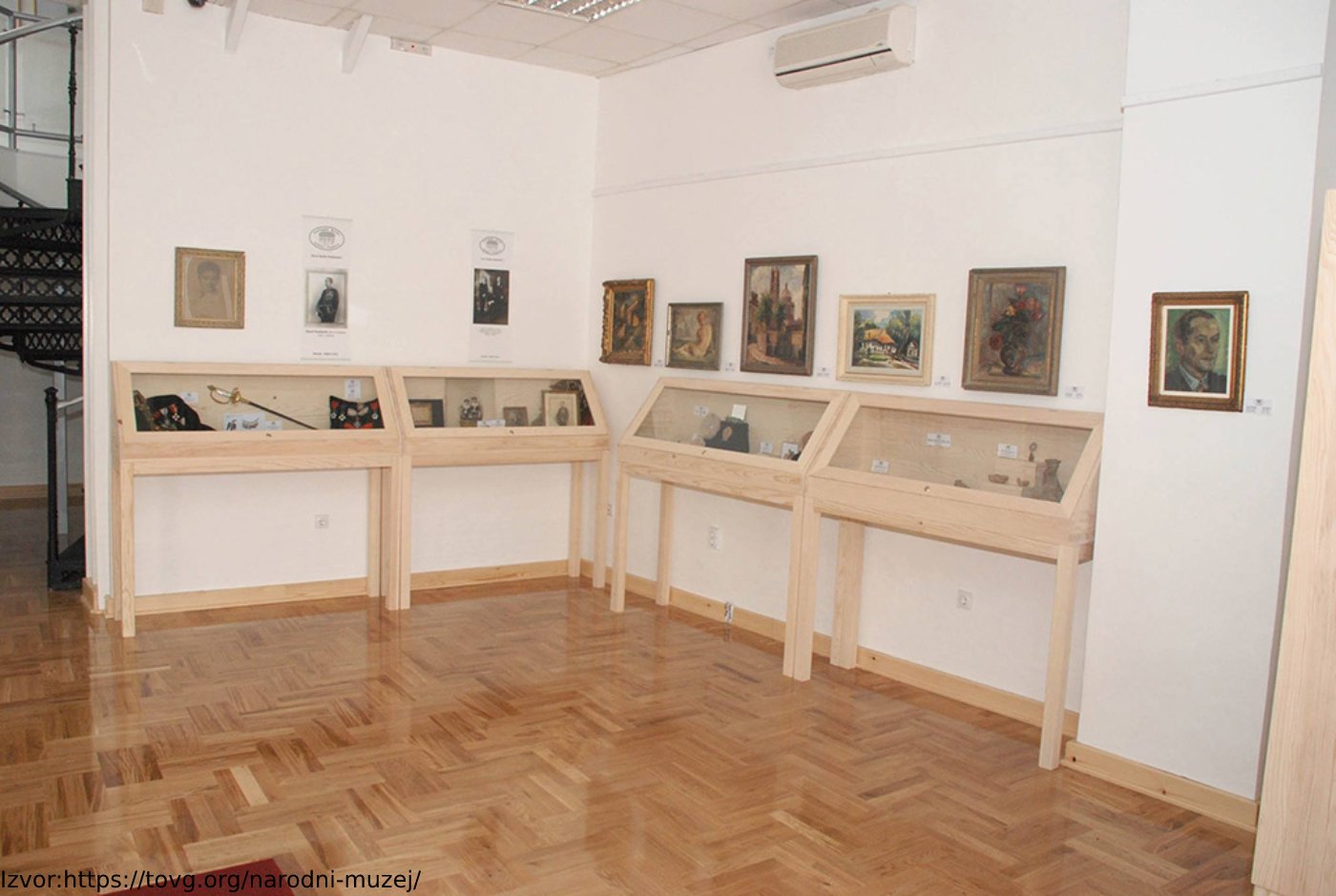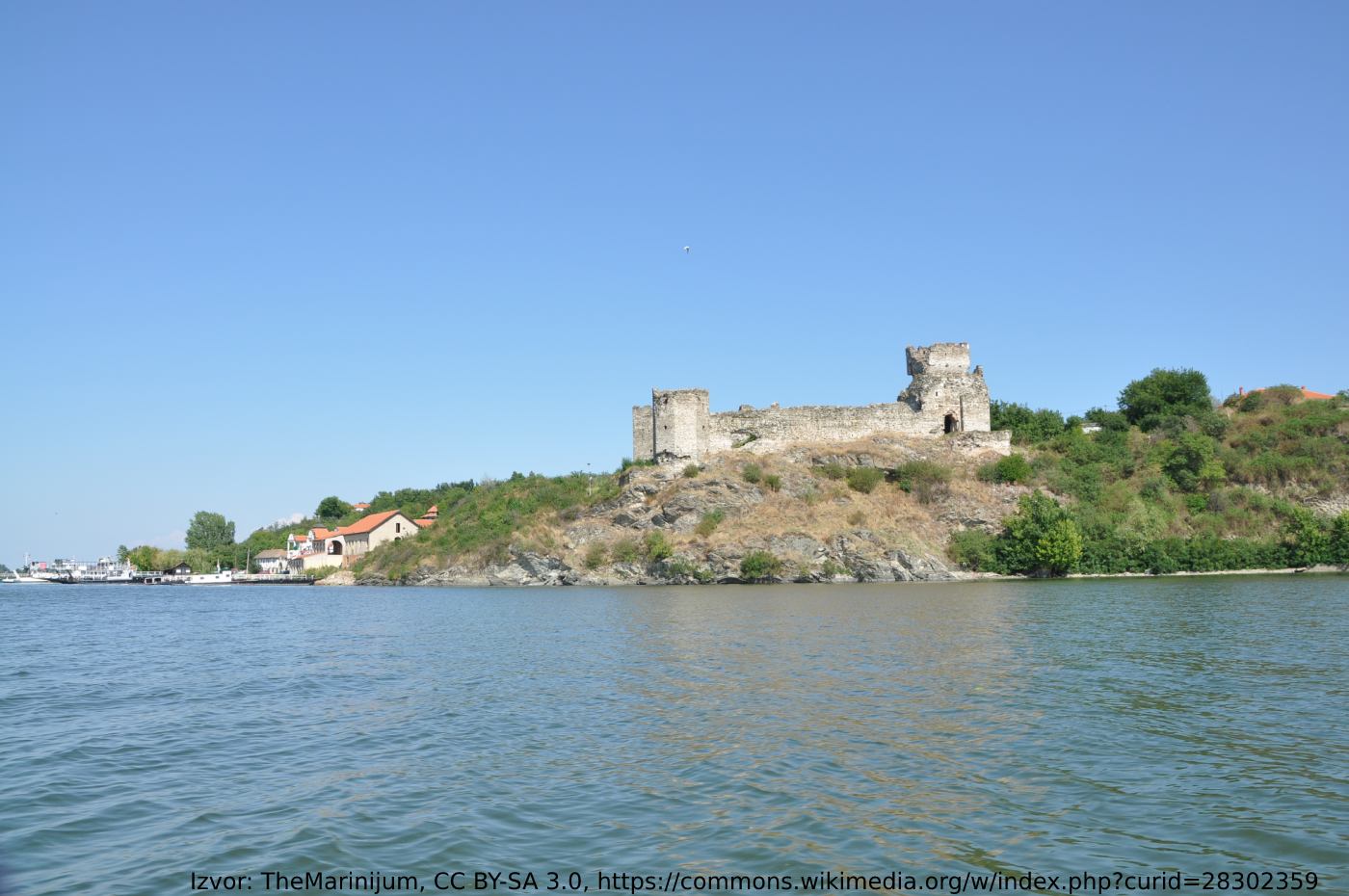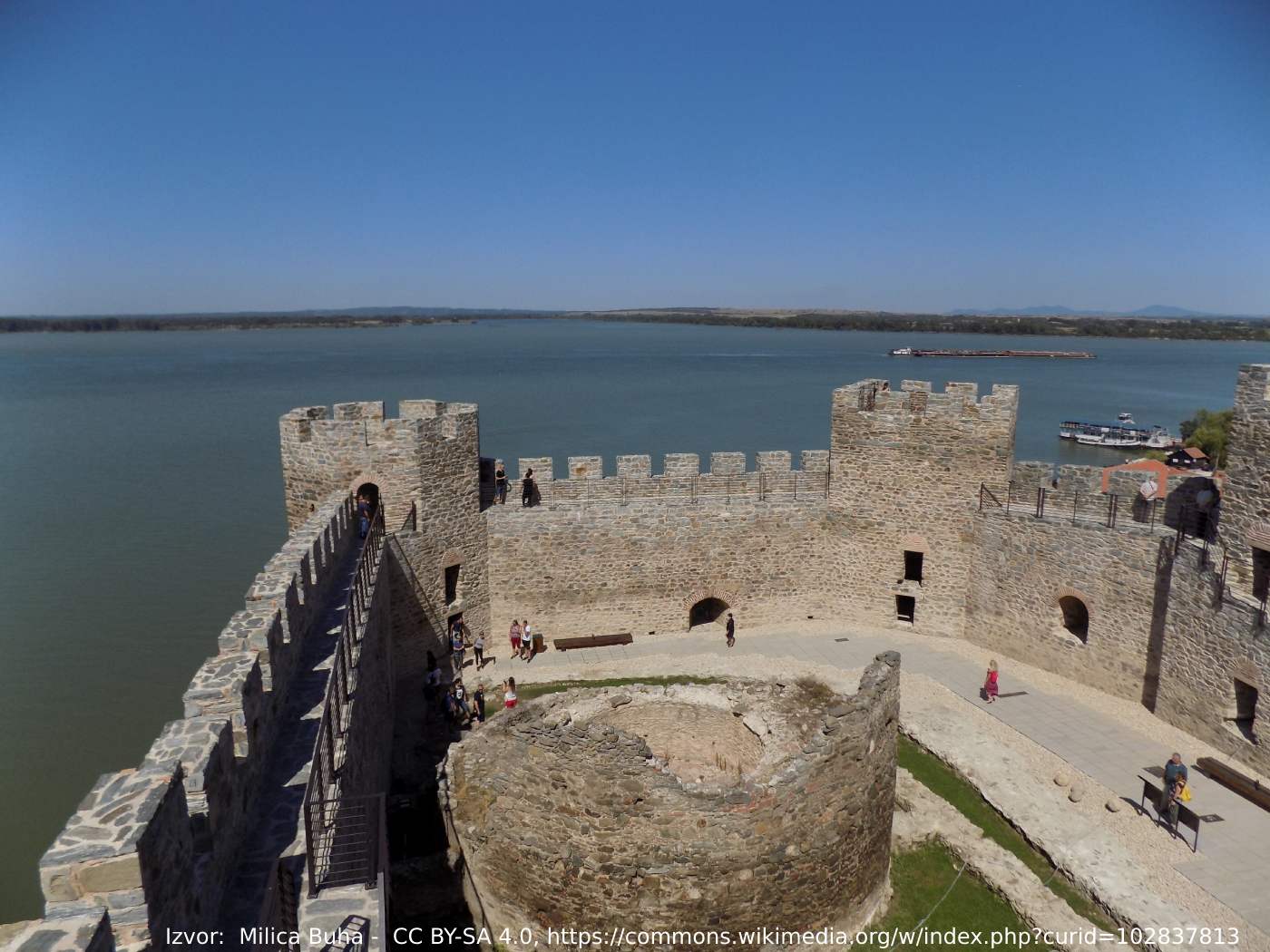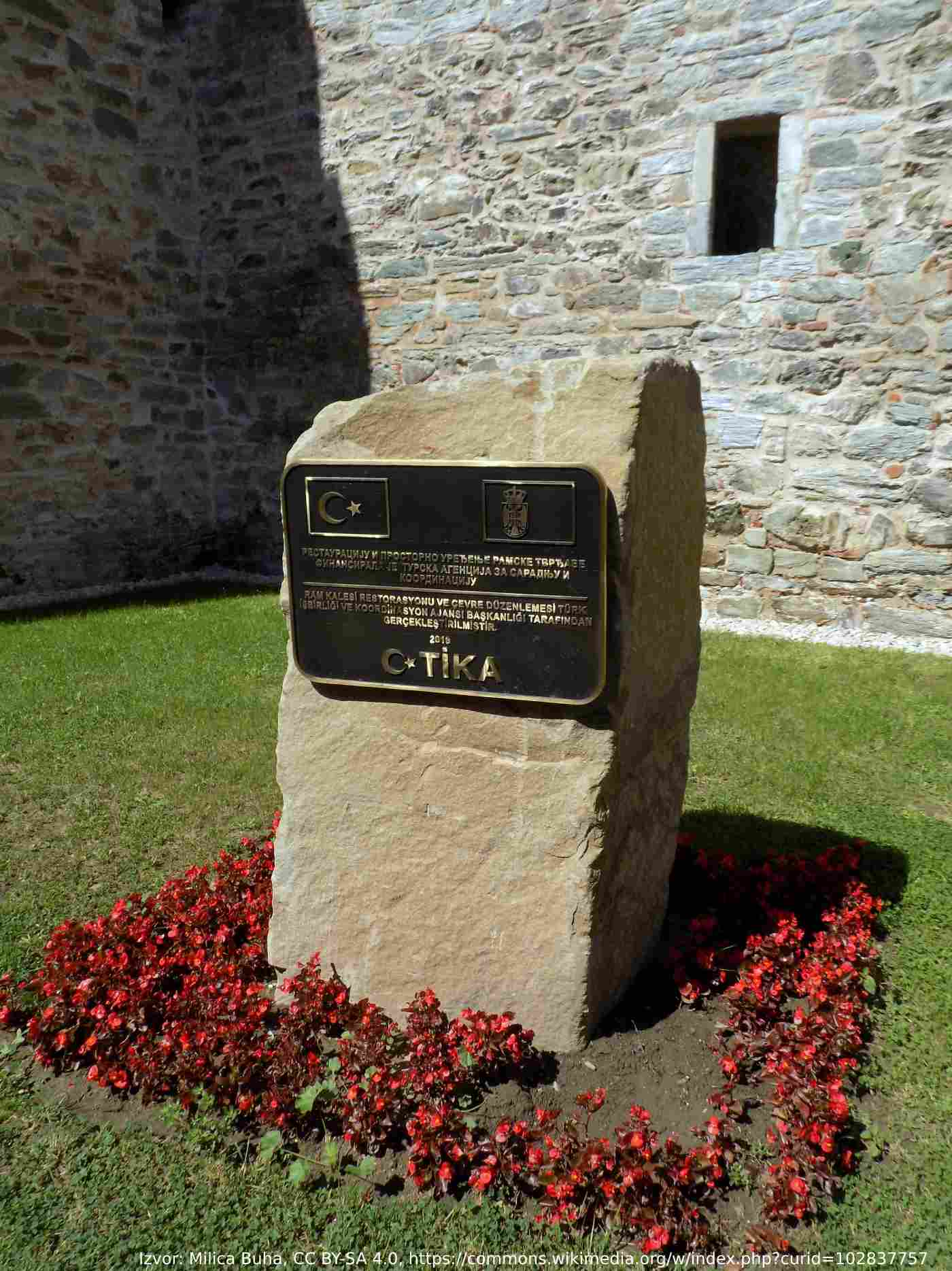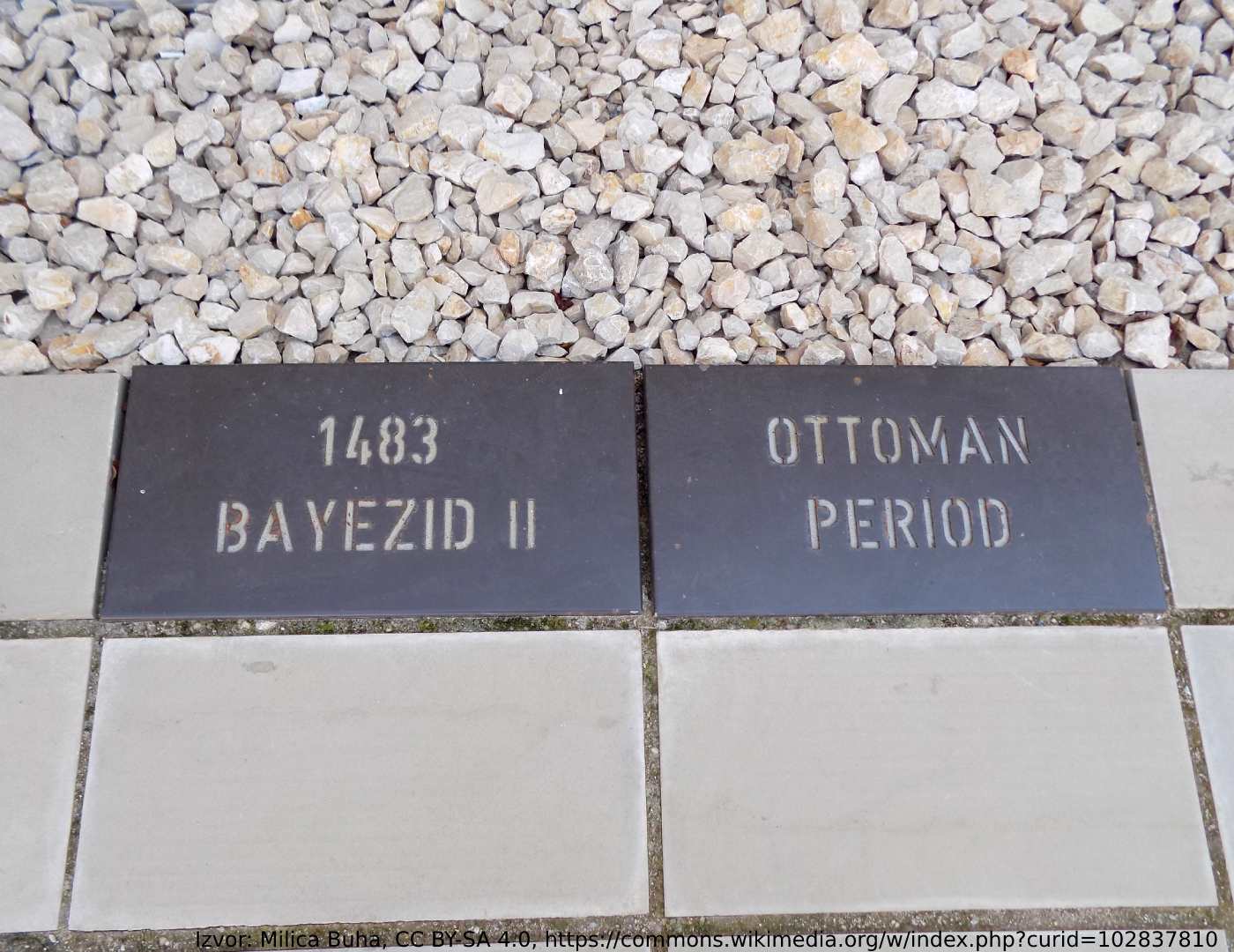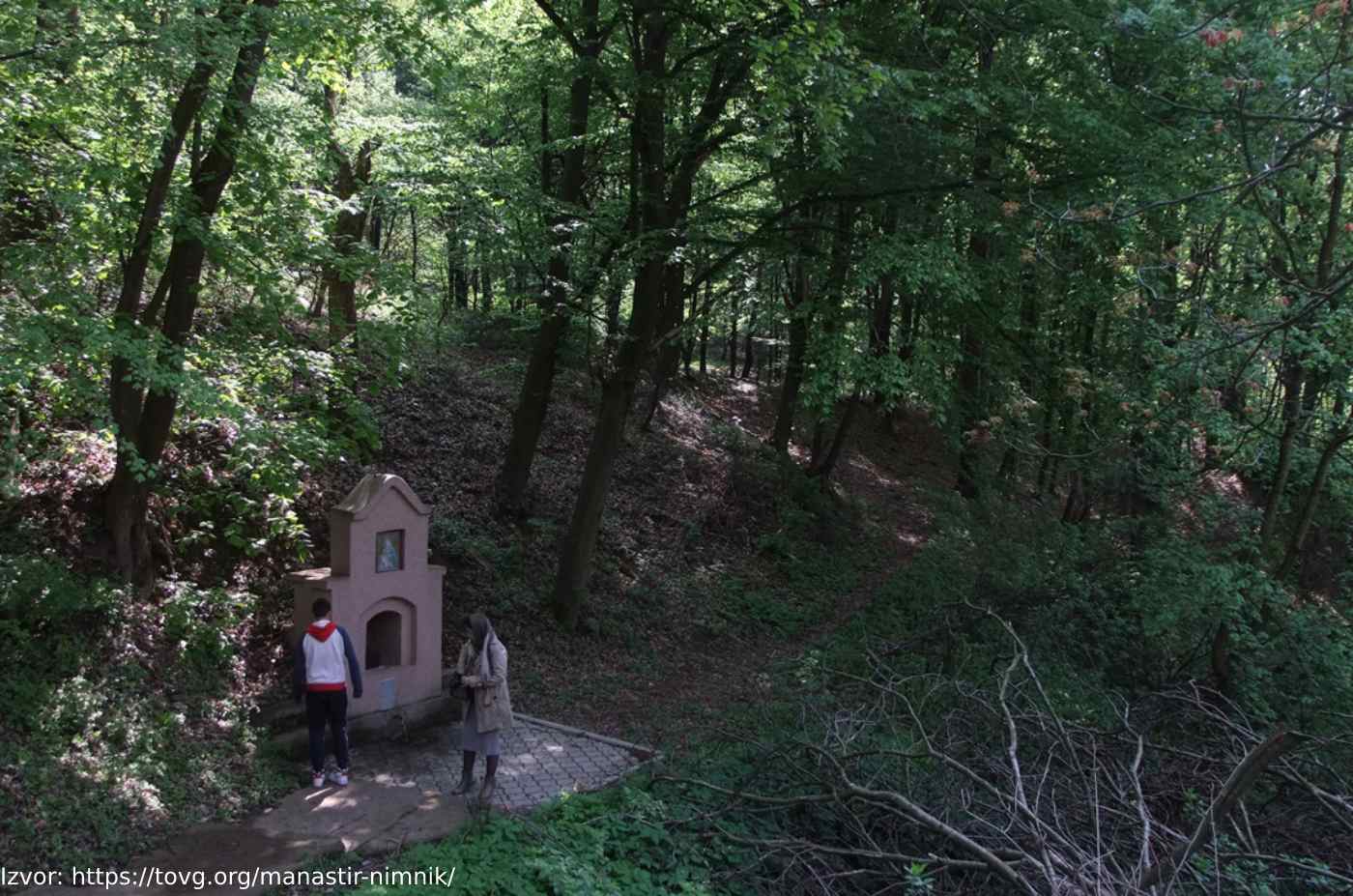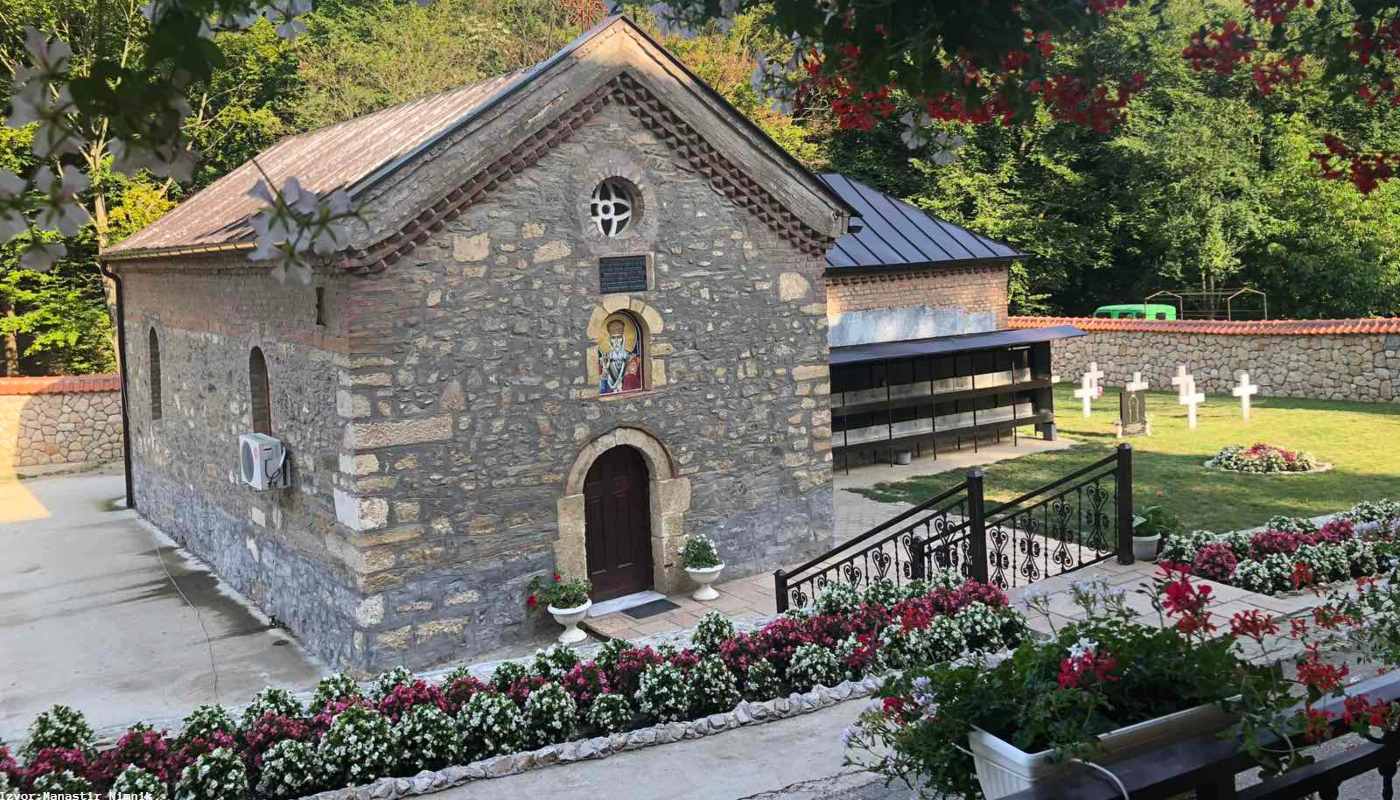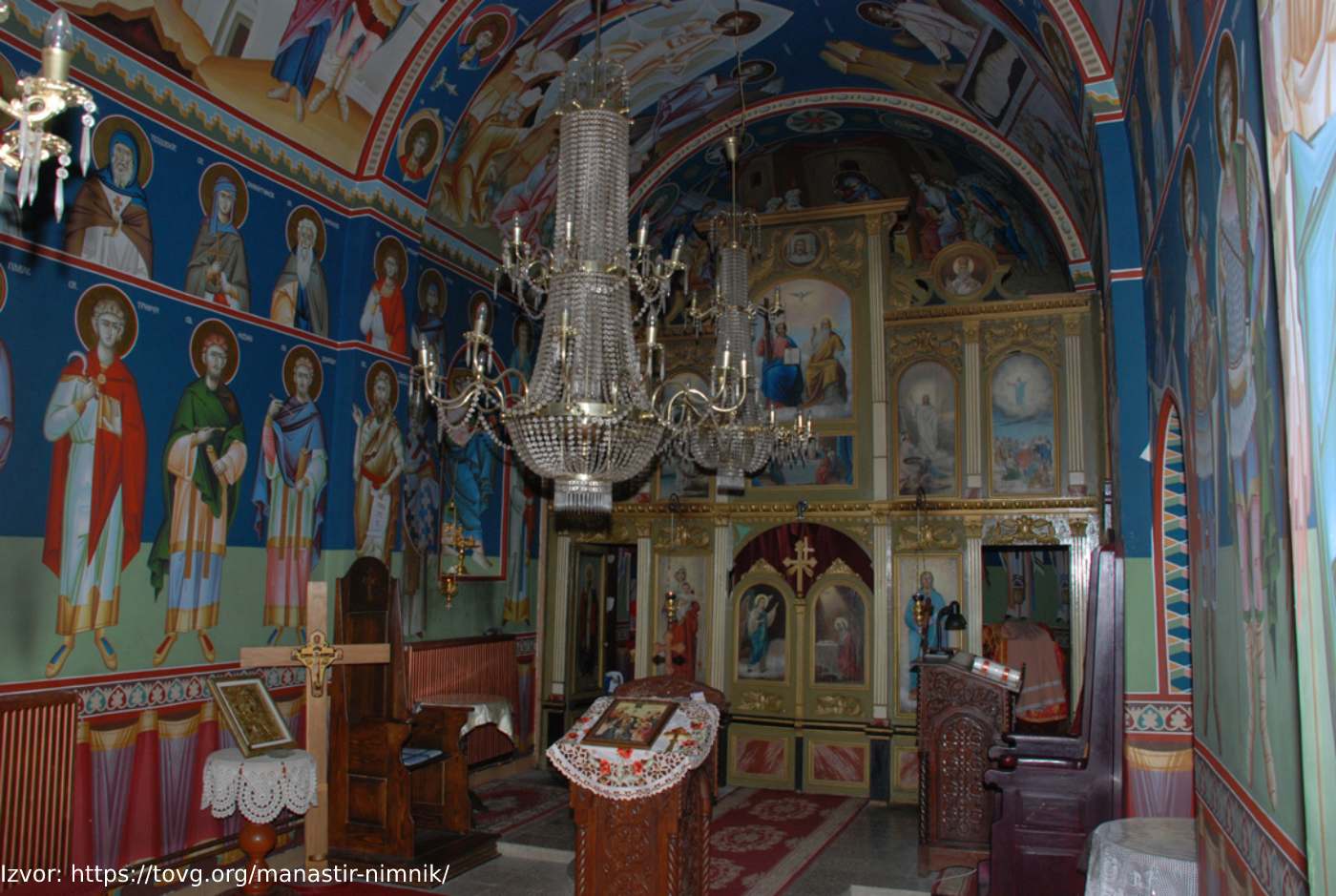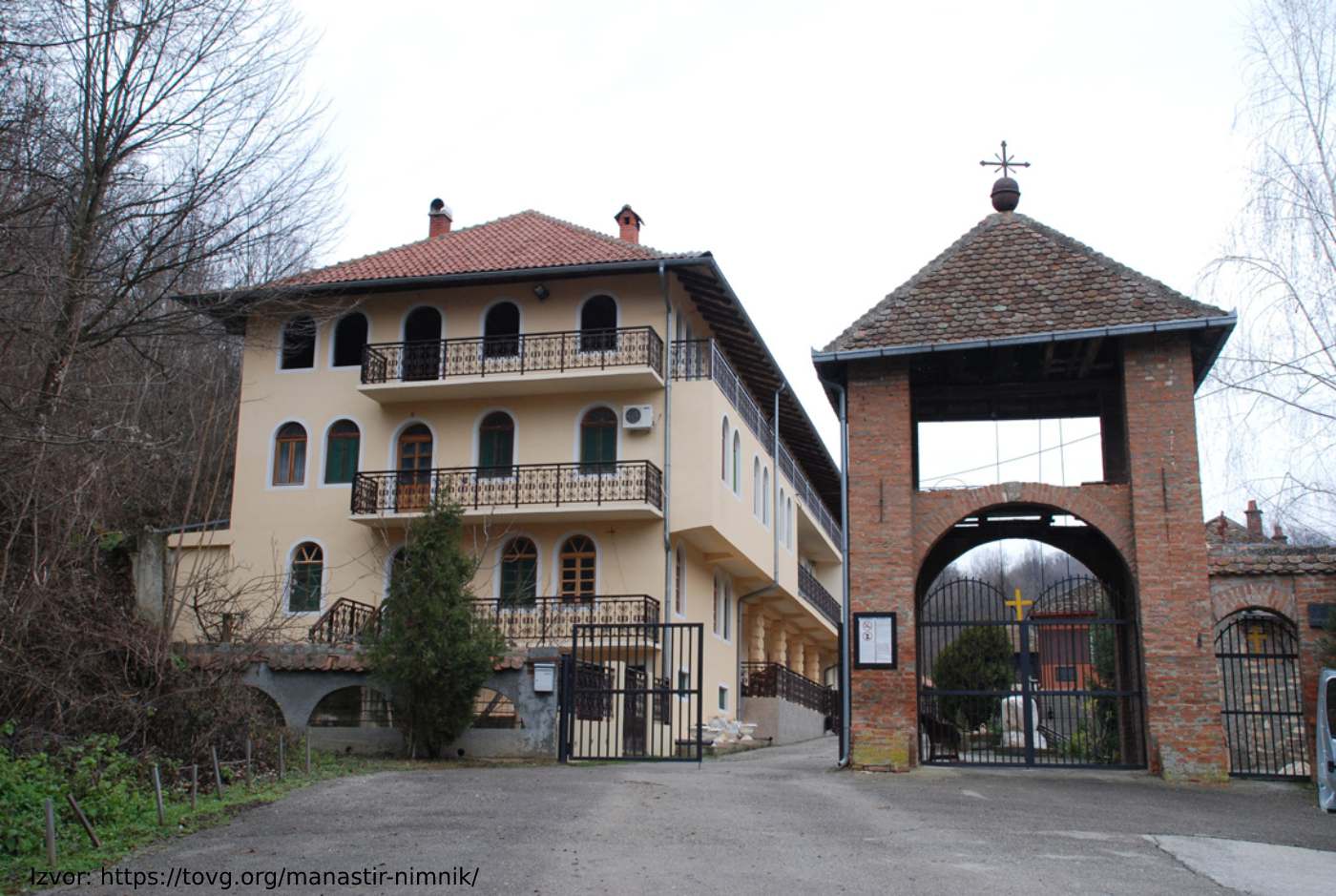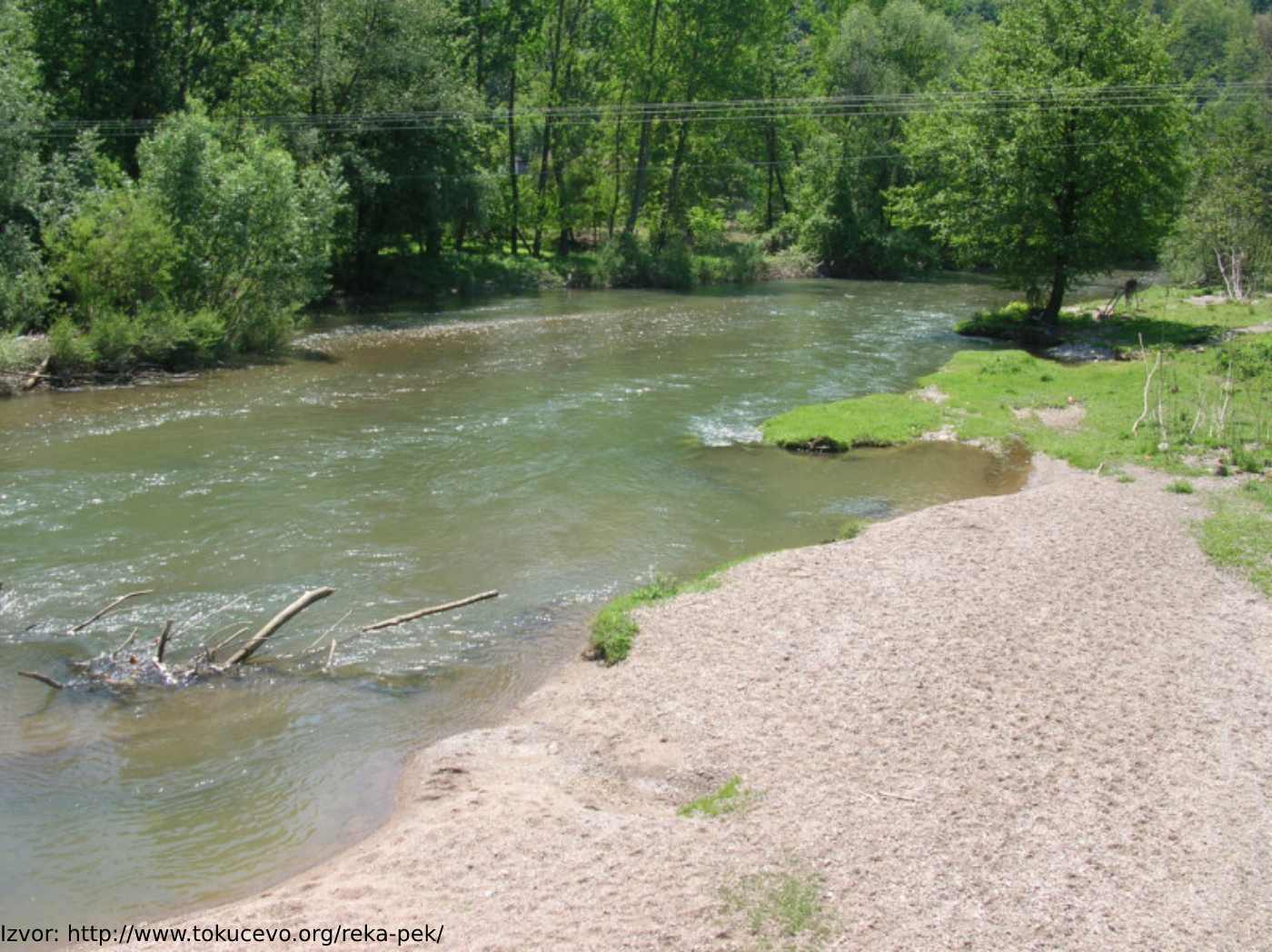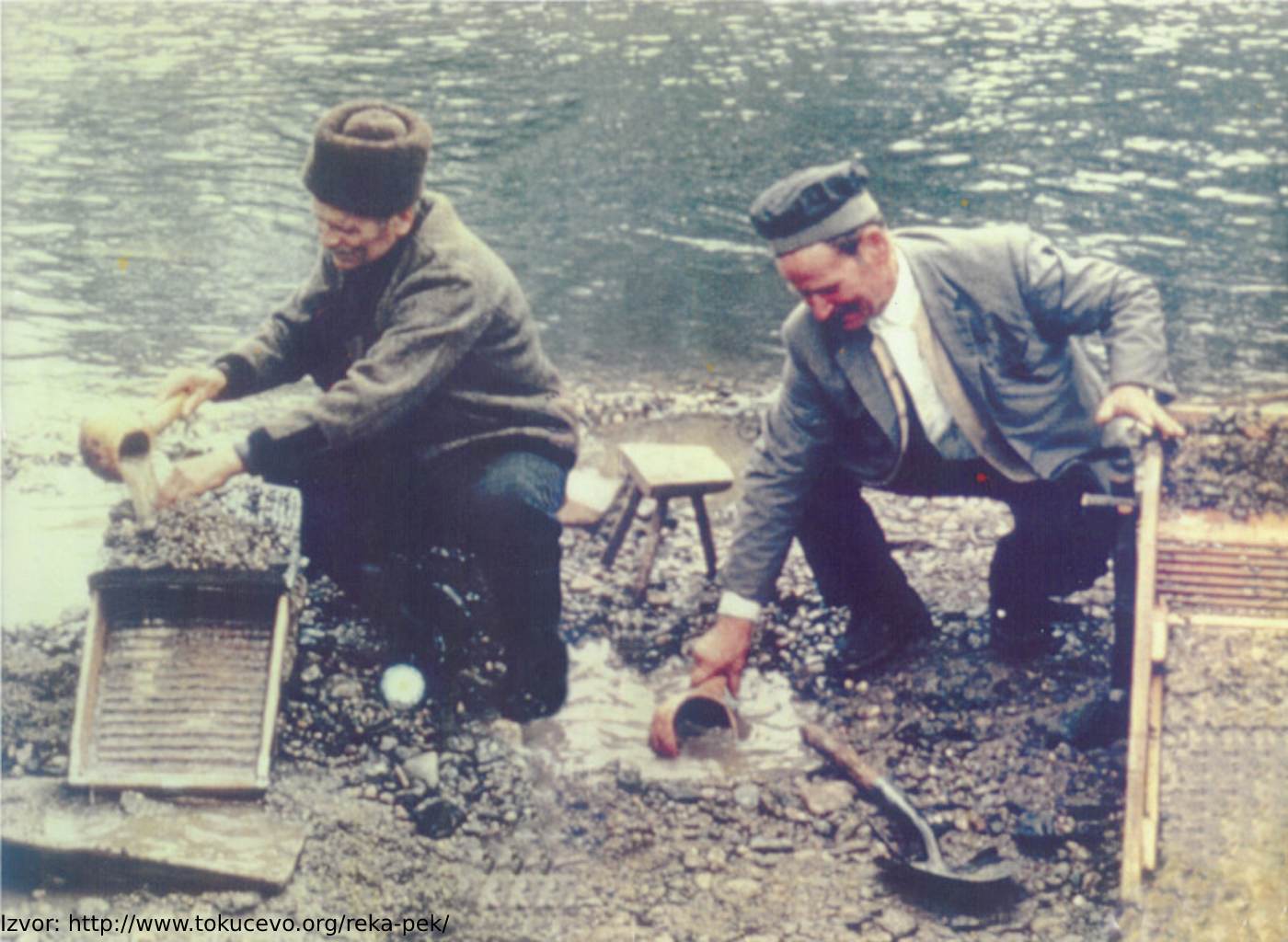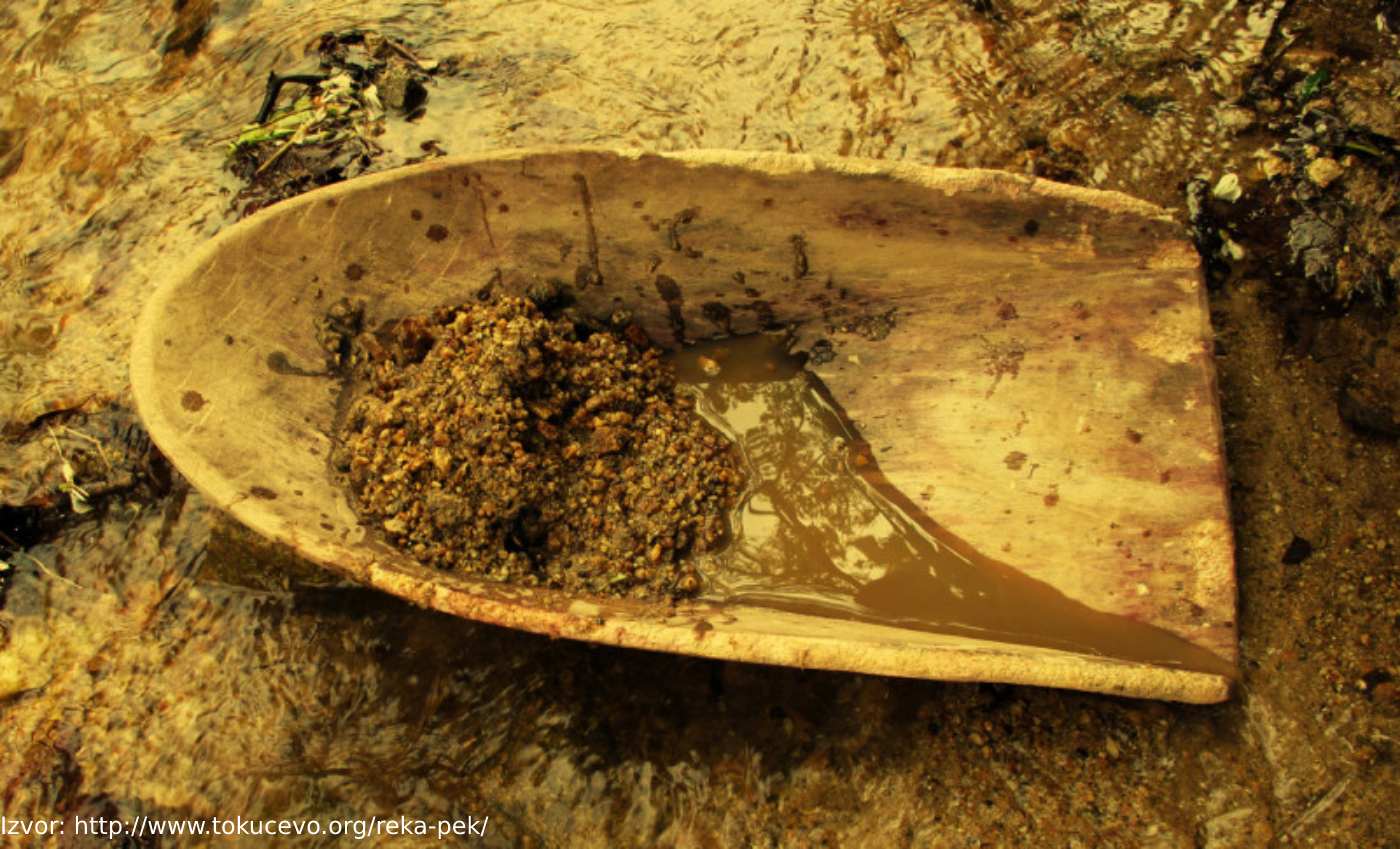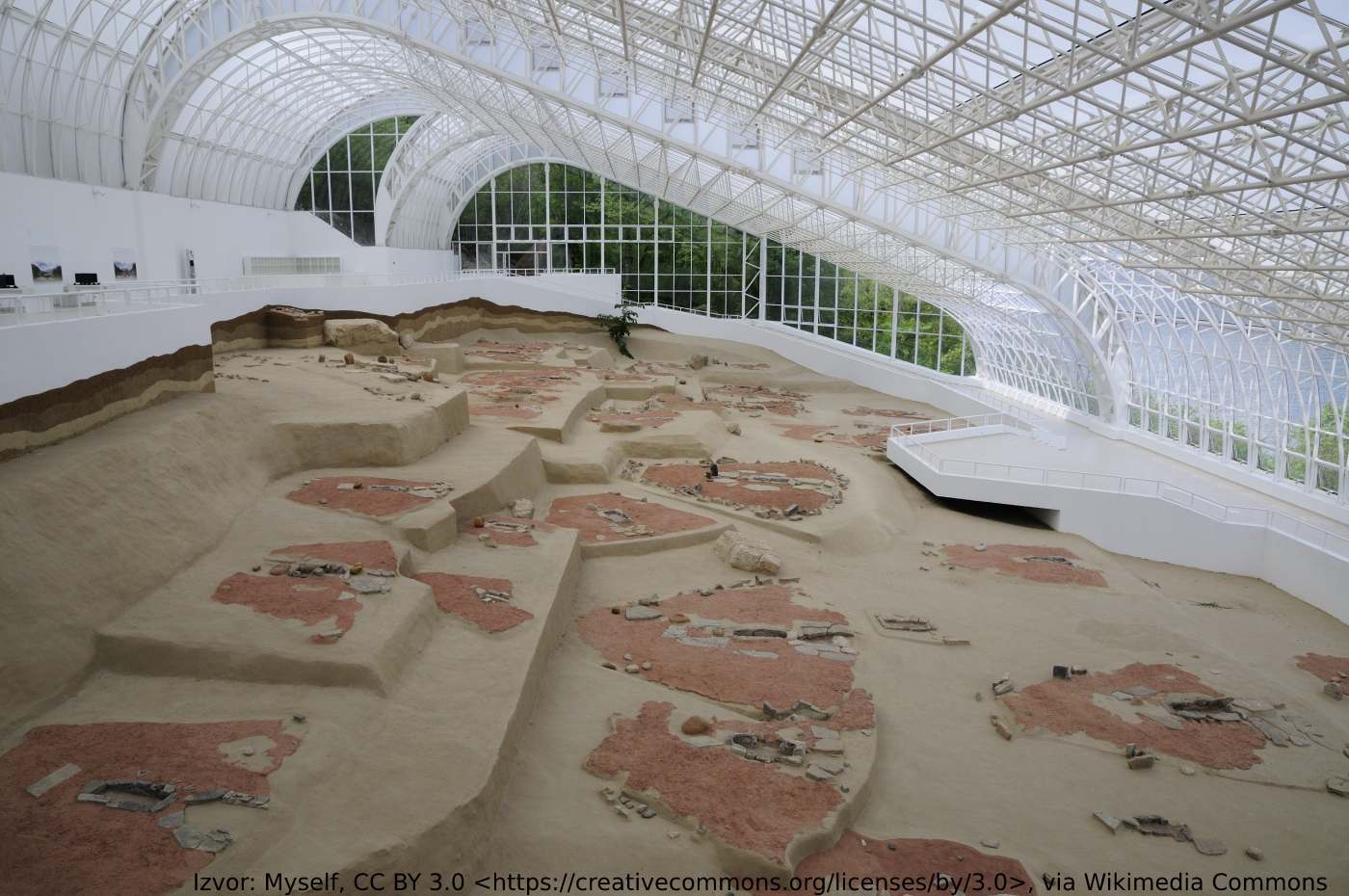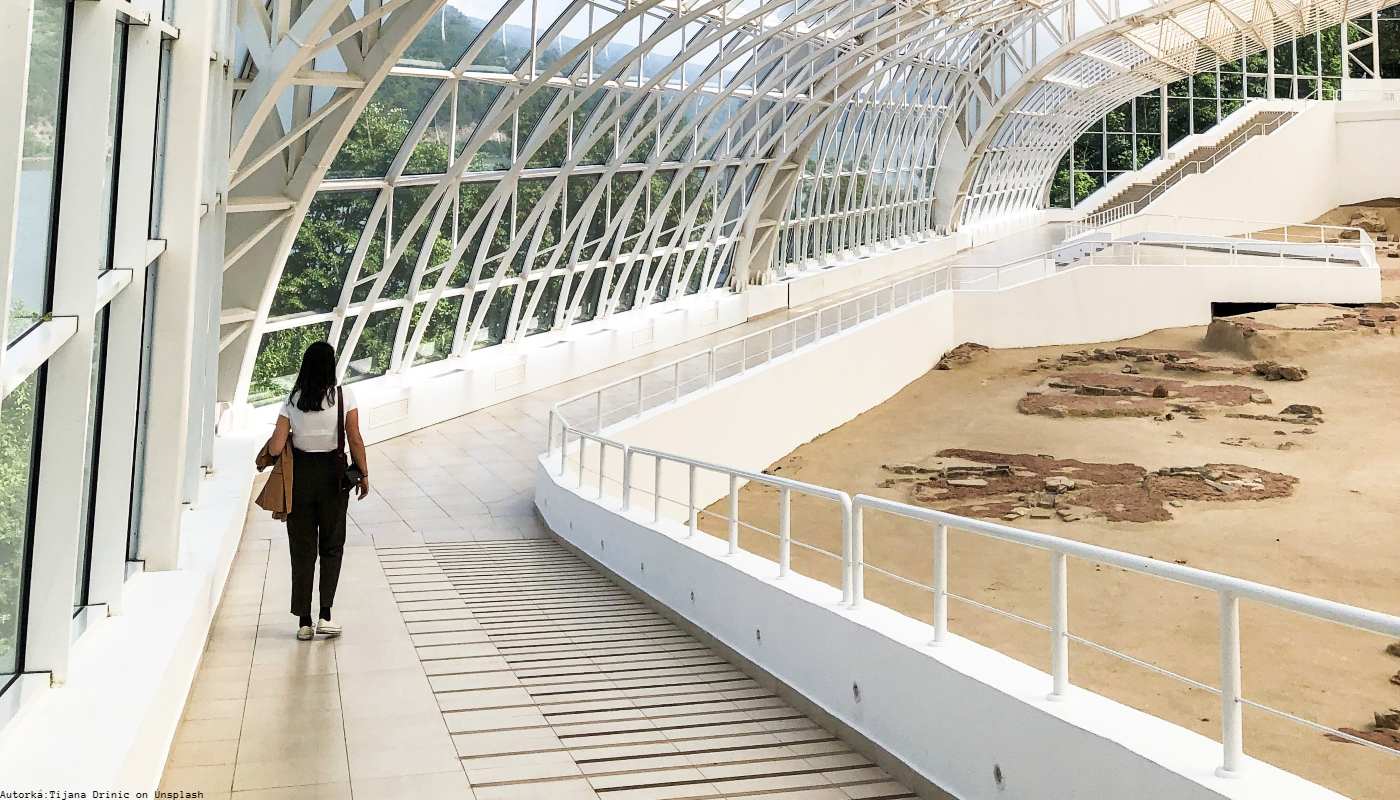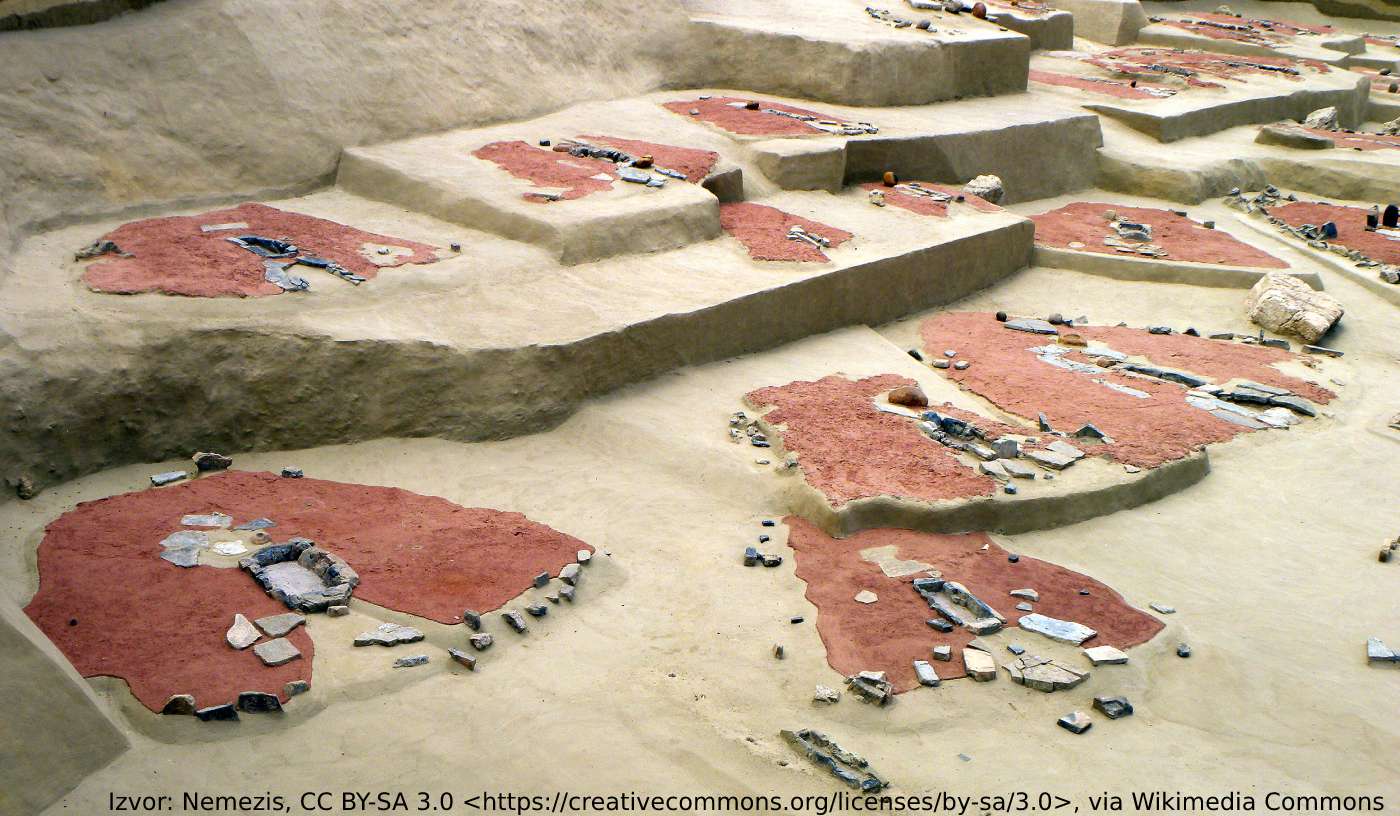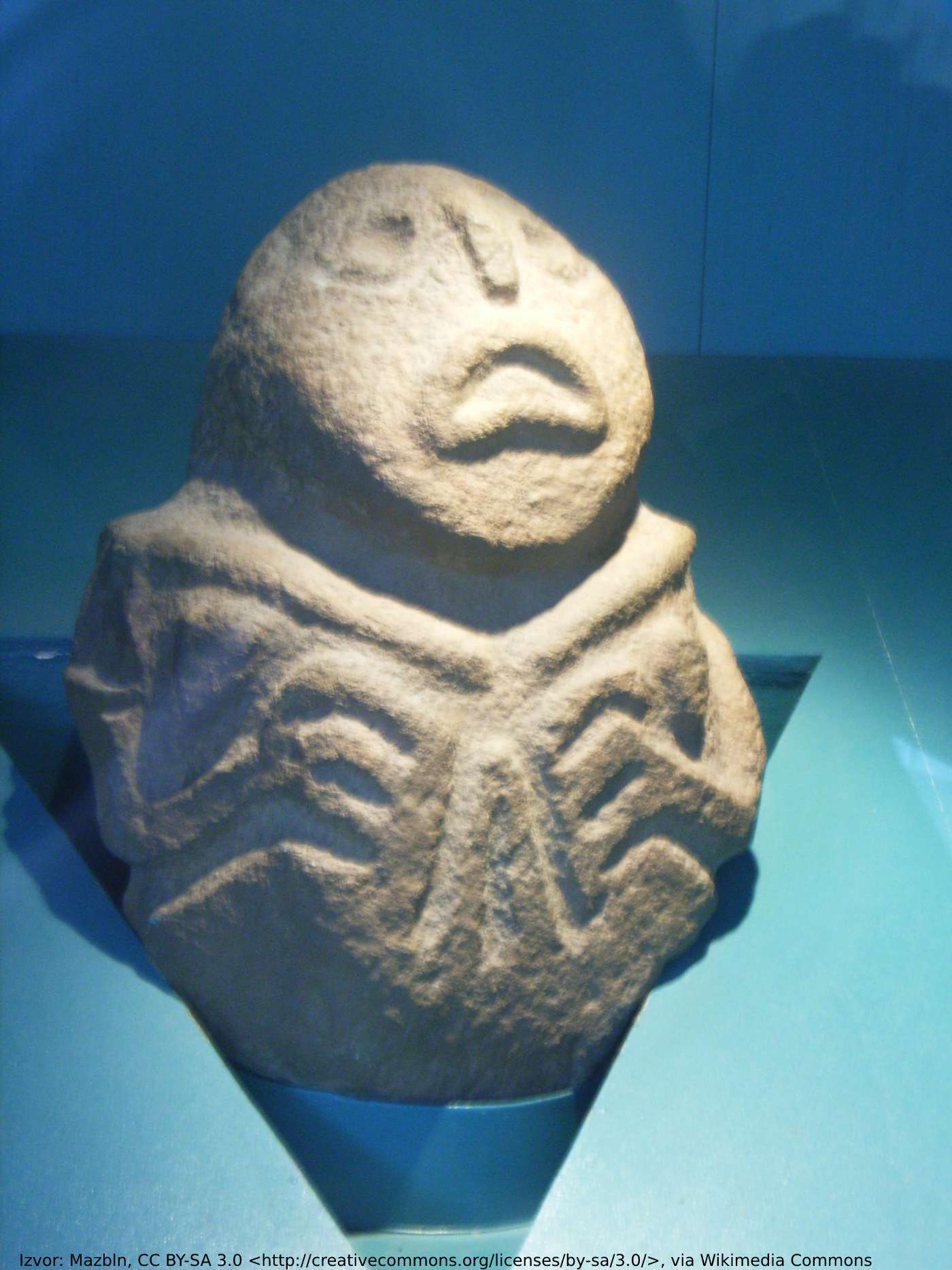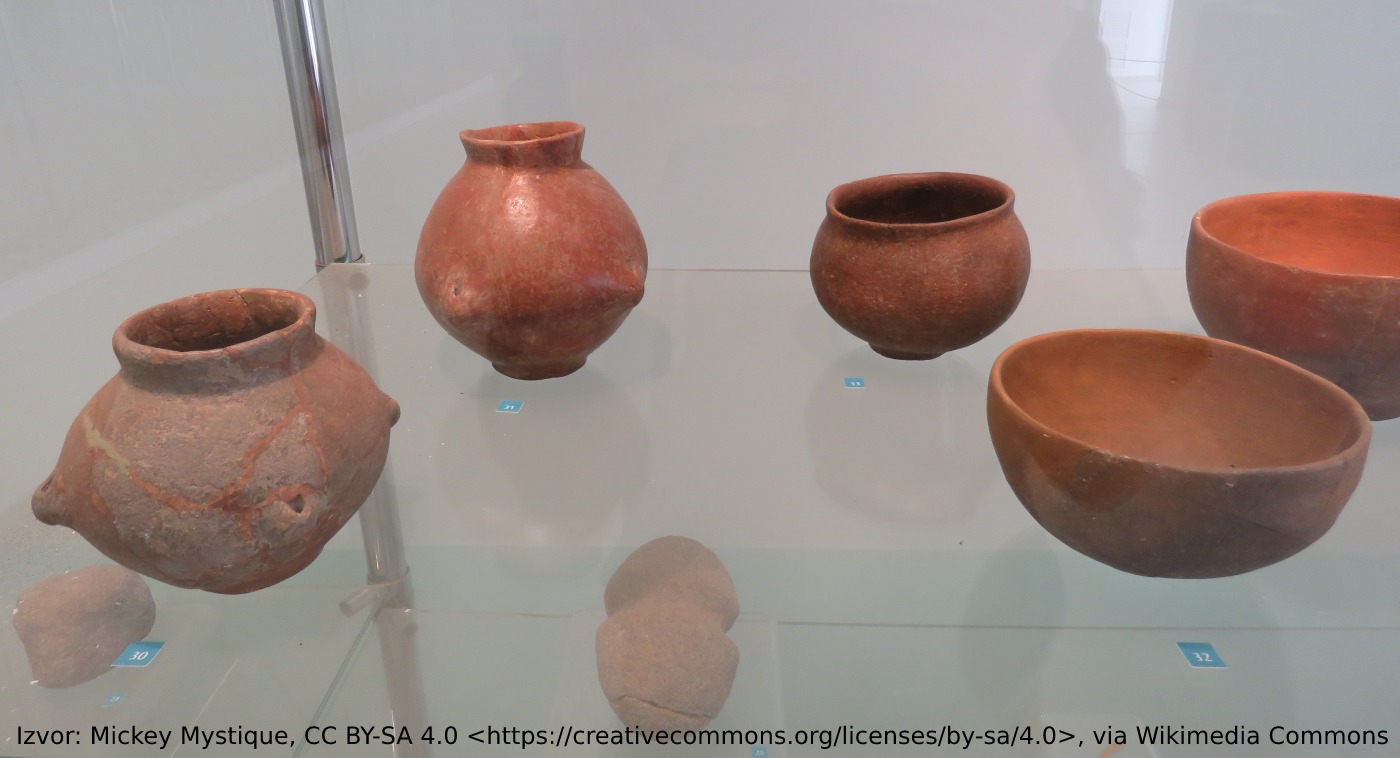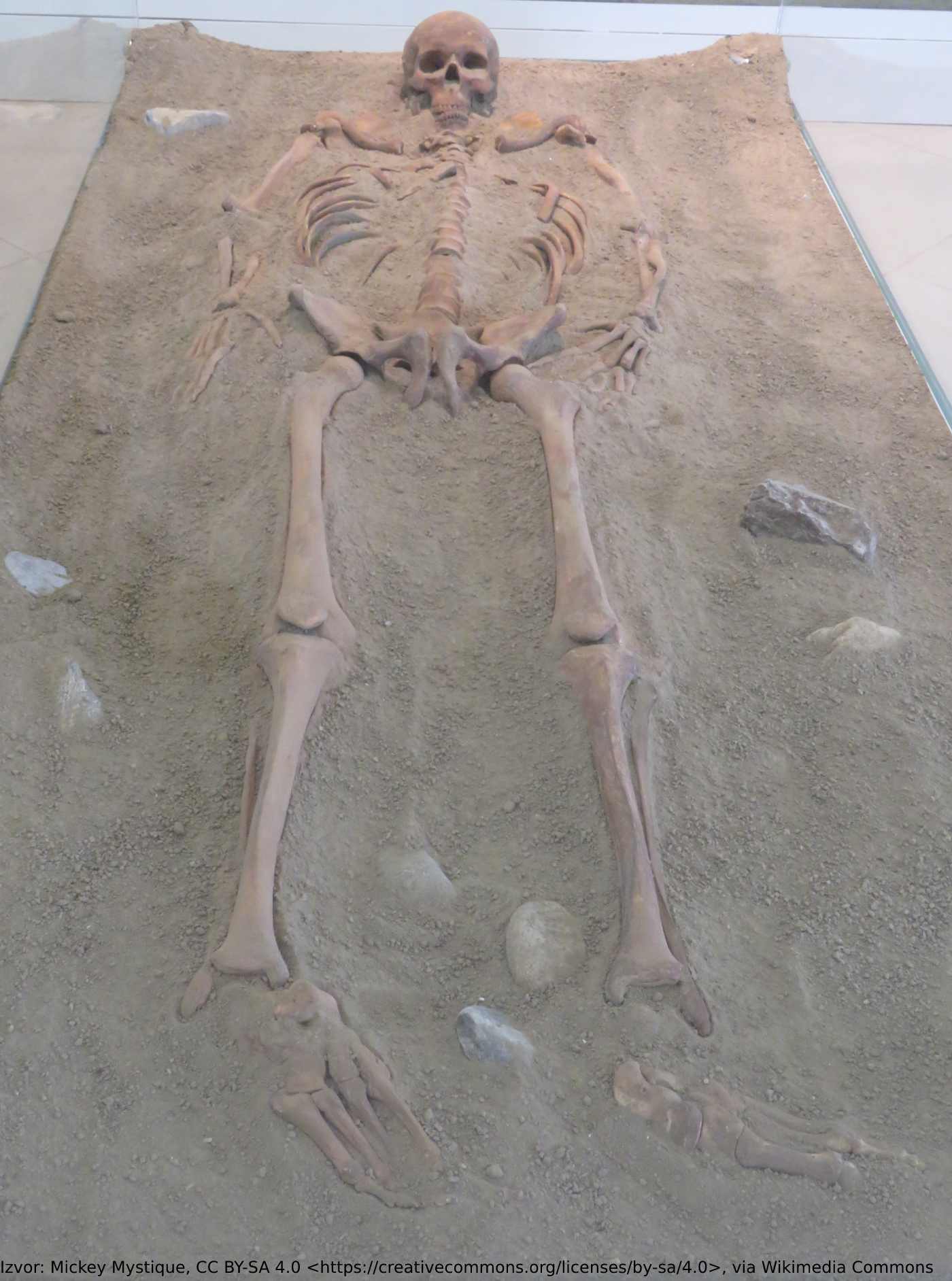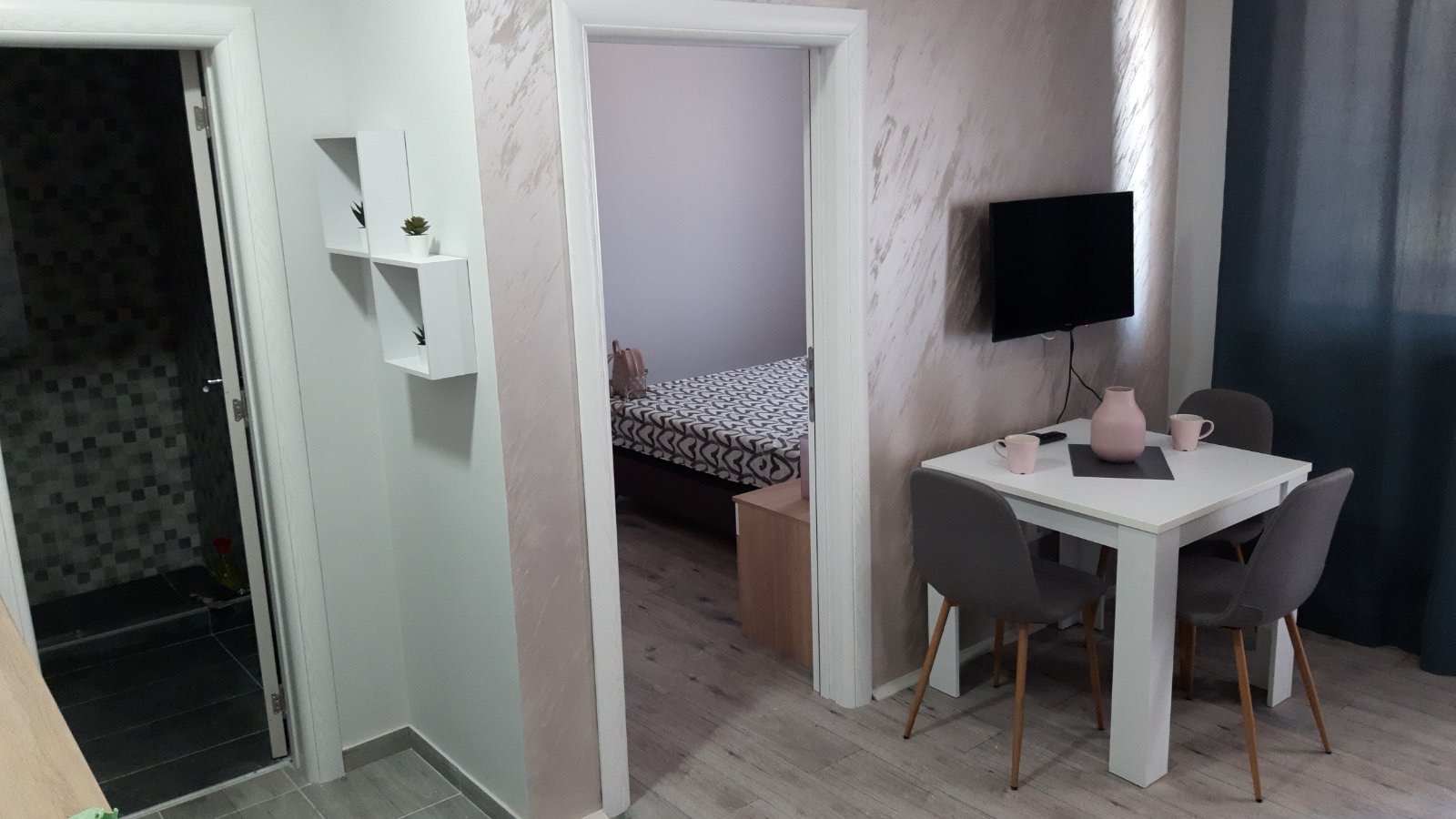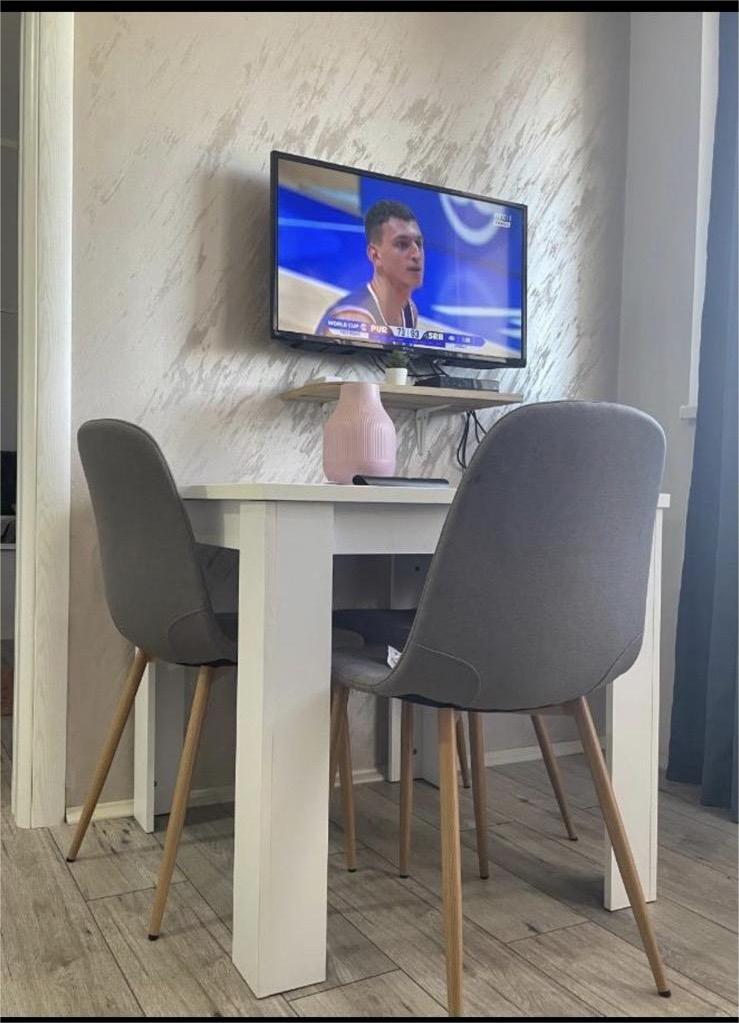Narodni Muzej U Velikom Gradištu
Share this attraction
Back
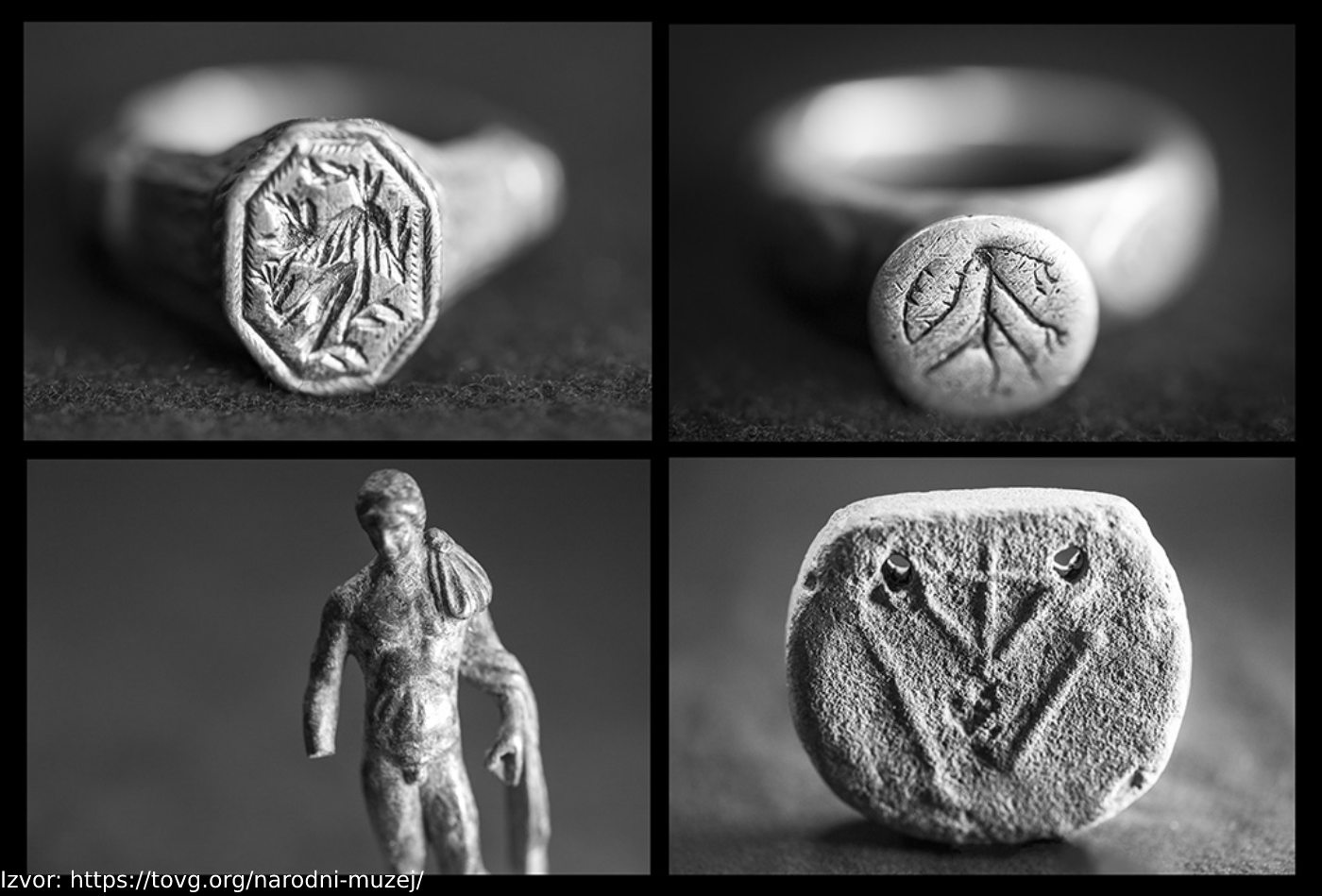
Narodni Muzej U Velikom Gradištu
Srebrno jezero
The National Museum in Veliko Gradiste - the most important information
To preserve and examine the traces of the past, in the busy street of Veliko Gradiste, the National Museum was established. Credited for it were the Djordjevic brothers who, having no descendants, left all their legacy for the foundations of a building of cultural significance.
History of the National Museum
The foundations of this cultural building were laid on a will from 1978, by which the Djordjevic brothers donated all their property to the municipality of Veliko Gradiste. The construction of the museum, which was their desire, took place in 2012 in Kneza Lazara Street. Since then, the museum has been regularly maintained and constantly enriched. Apart from their birthplace Veliko Gradiste, brothers also indebted the Serbian state in several ways. Pavle Djordjevic was the first secretary of the embassy of the Kingdom of Yugoslavia in Berlin, and his brother Djordje survived passing over Albania. The brothers also participated in the First World War together. Now their names, among much other historical data, are kept in their museum.
Significance of the National Museum
Since the place was built, in 2012, many exhibits and collections of ethnological, archaeological, historical, and artistic characters have found their place in the National Museum. Veliko Gradiste can be proud not only of data from native history but also of data from many other epochs. Thus, with more than 1,500 exhibits, it cultivates a long thread of history, from the period of prehistory, through the Celtic conquests, the rule of Rome and Byzantium, to our Middle Ages and closer history. From the relics of prehistory life to the rarity of recent history, the National Museum has to offer countless interesting things.
Exhibitions of the National Museum
The museum boasts well-equipped pieces from various eras. Here you can see:
History of the National Museum
The foundations of this cultural building were laid on a will from 1978, by which the Djordjevic brothers donated all their property to the municipality of Veliko Gradiste. The construction of the museum, which was their desire, took place in 2012 in Kneza Lazara Street. Since then, the museum has been regularly maintained and constantly enriched. Apart from their birthplace Veliko Gradiste, brothers also indebted the Serbian state in several ways. Pavle Djordjevic was the first secretary of the embassy of the Kingdom of Yugoslavia in Berlin, and his brother Djordje survived passing over Albania. The brothers also participated in the First World War together. Now their names, among much other historical data, are kept in their museum.
Significance of the National Museum
Since the place was built, in 2012, many exhibits and collections of ethnological, archaeological, historical, and artistic characters have found their place in the National Museum. Veliko Gradiste can be proud not only of data from native history but also of data from many other epochs. Thus, with more than 1,500 exhibits, it cultivates a long thread of history, from the period of prehistory, through the Celtic conquests, the rule of Rome and Byzantium, to our Middle Ages and closer history. From the relics of prehistory life to the rarity of recent history, the National Museum has to offer countless interesting things.
Exhibitions of the National Museum
The museum boasts well-equipped pieces from various eras. Here you can see:
- Numismatic collection - it holds the history of old money such as the rare Roman coin Pinkum or medieval Serbian coins.
- A collection of objects from the beginning of the 20th century - among these items, you will see a variety of things, from icons and engravings to a rare music box and an aluminum zeppelin construction.
- Ethnological collection - the content of this area is colorful with carpets and objects from the time of the Turks.
- Prehistoric remains - going deeper through history, you can reach the first stone and bone tools our ancestors made.
- An archive of valuable documents - records of important political and historical events collected by Pavle Djordjevic
Working hours
Wednesday and Sunday: from 10 am to 1 pm and 6 pm to 8 pm.
In the summer months (June, July, August): from 9 am to 12 pm and from 9 pm to 11 pm.
Wednesday and Sunday: from 10 am to 1 pm and 6 pm to 8 pm.
In the summer months (June, July, August): from 9 am to 12 pm and from 9 pm to 11 pm.
- Ticket price: free
How to get to the National Museum
You will easily find the museum near the center of Veliko Gradiste in Kneza Lazara Street.
You will easily find the museum near the center of Veliko Gradiste in Kneza Lazara Street.
- On foot: From the center, you can easily reach the museum on foot.
- By car: If you come from the periphery of the city, you can reach the center by car.
Additional information
Near the center of Veliko Gradiste, you can see other sights of the city, which enrich it with historical and cultural values.
Near the center of Veliko Gradiste, you can see other sights of the city, which enrich it with historical and cultural values.
- Surroundings: in the immediate vicinity of the National Museum you can find the Amateur Theater "Zanka Stokic".
